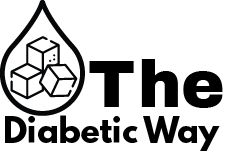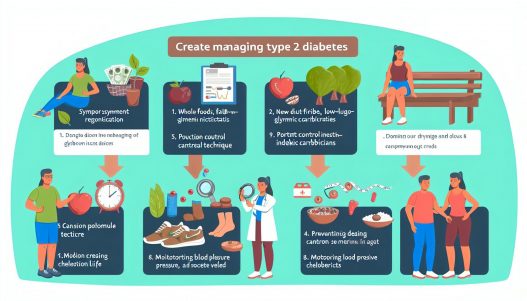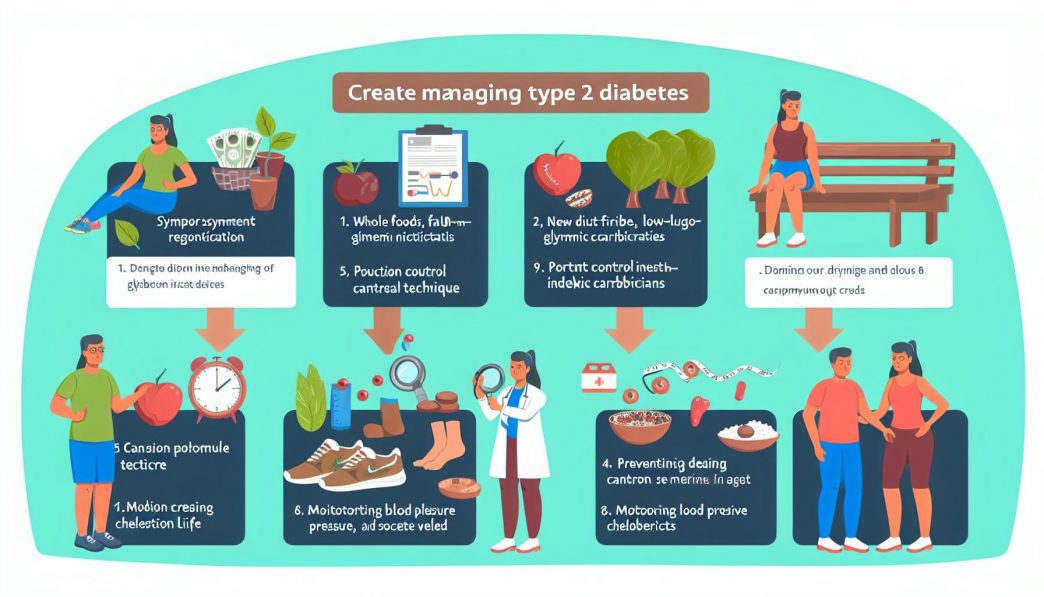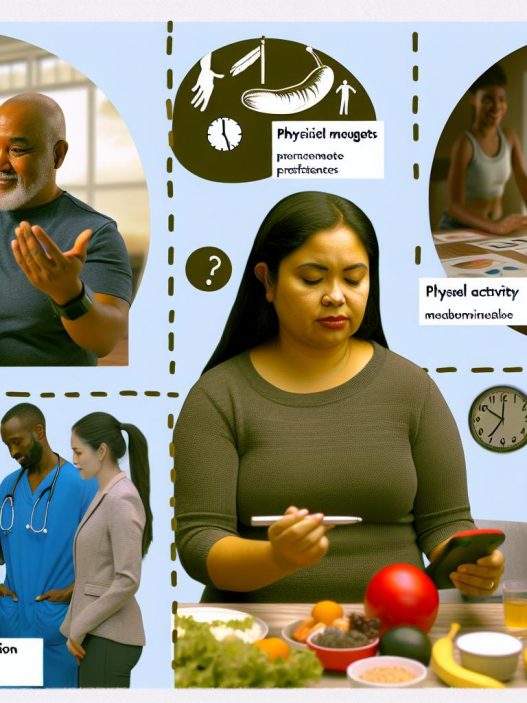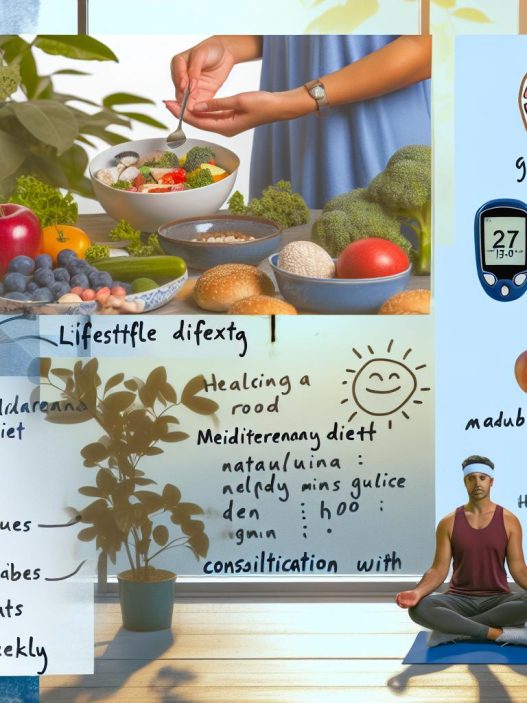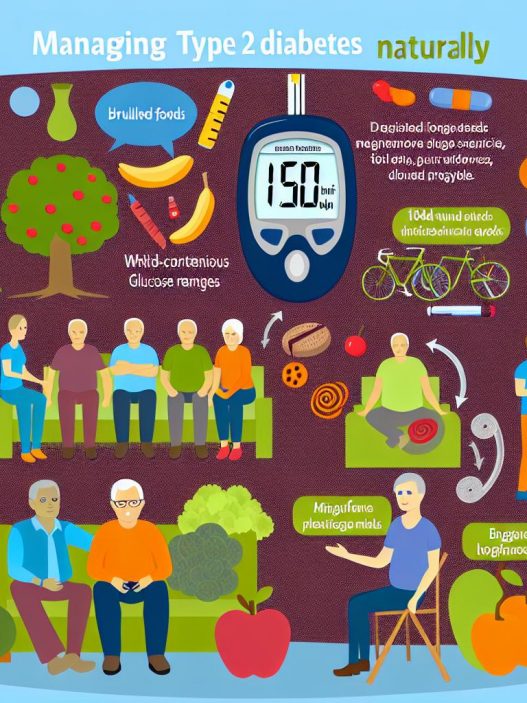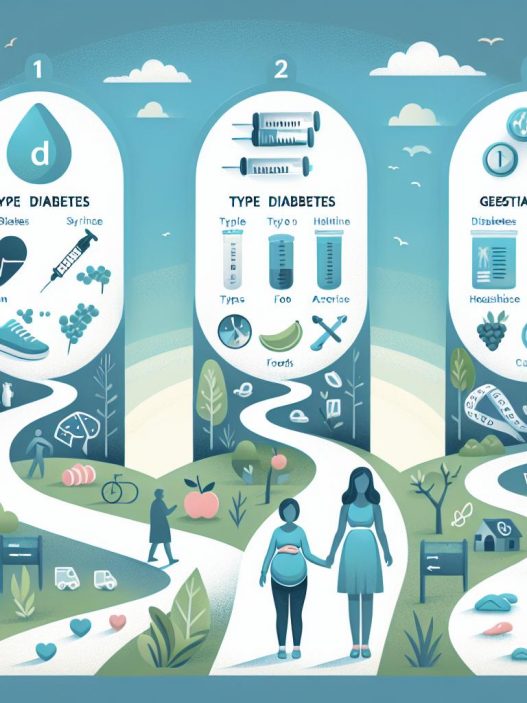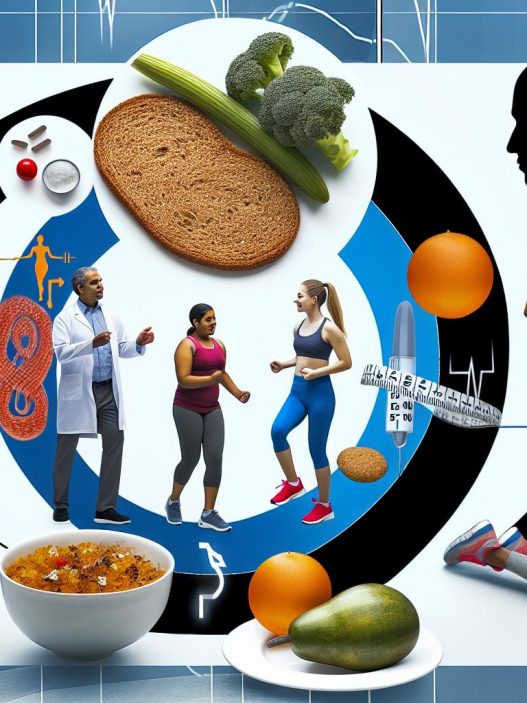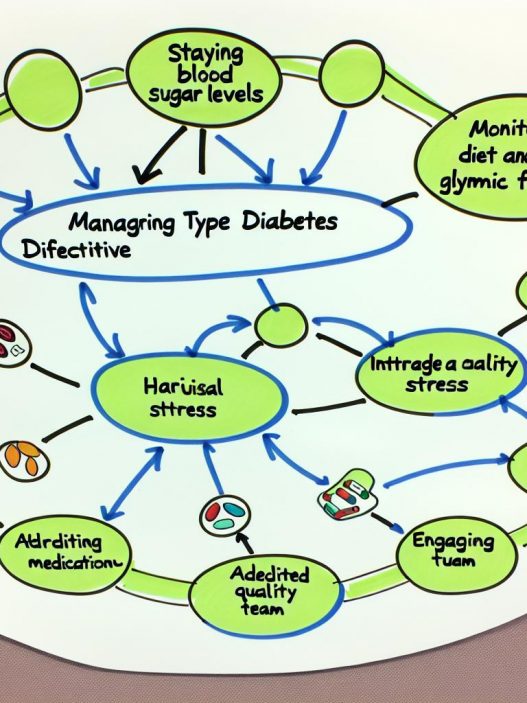# Mastering Type 2 Diabetes: Practical Tips for Healthy Living
Managing Type 2 diabetes can be a transformative journey towards better health and well-being. With the right strategies and lifestyle adjustments, individuals can successfully navigate this condition while maintaining a fulfilling life. In this article, we will explore practical tips for mastering Type 2 diabetes, focusing on diet, exercise, emotional well-being, and preventative measures. Our goal is to provide informative content that empowers those affected by this condition to take charge of their health and live life to the fullest.
Understanding Type 2 Diabetes: What You Need to Know
Type 2 diabetes is a chronic condition characterized by insulin resistance, which means that the body does not effectively use insulin, leading to elevated blood sugar levels. Unlike Type 1 diabetes, where the pancreas produces little to no insulin, Type 2 diabetes often develops in adulthood and can be influenced by lifestyle factors such as diet, physical inactivity, and obesity. Understanding the fundamental aspects of Type 2 diabetes is crucial in managing the disease effectively.
Recognizing the symptoms of Type 2 diabetes is the first step towards effective management. Common symptoms include increased thirst, frequent urination, extreme fatigue, and blurred vision. Through regular check-ups and monitoring of blood sugar levels, individuals can better understand their condition and work with healthcare professionals to develop personalized treatment plans. This knowledge serves as a foundation for making better choices that positively impact blood sugar control and overall quality of life.
Moreover, understanding the long-term complications of poorly managed Type 2 diabetes can further motivate individuals to adhere to their treatment plans. Complications such as cardiovascular disease, nerve damage, kidney damage, and vision loss are among the potential risks. By familiarizing oneself with these potential outcomes, patients can become more committed to implementing lifestyle changes aimed at reducing these risks and mastering their condition.
Dietary Choices for Effective Blood Sugar Control
Diet plays an undeniably crucial role in managing Type 2 diabetes. One of the most effective strategies for controlling blood sugar levels is adopting a balanced diet rich in whole foods, fiber, and low glycemic index carbohydrates. Foods such as whole grains, legumes, vegetables, nuts, and lean proteins not only have a lower glycemic impact but also promote satiety and overall health.
It’s essential for individuals with Type 2 diabetes to monitor portion sizes, as overeating—even healthy foods—can lead to spikes in blood sugar levels. Utilizing tools such as the plate method, where half of the plate is filled with non-starchy vegetables, a quarter with lean protein, and a quarter with whole grains, can simplify meal planning. Additionally, meal prepping can help individuals take control of their diets, ensuring they have healthy options readily available and reducing the temptation for less nutritious foods.
Another critical dietary consideration is carbohydrate counting. Understanding how carbohydrates affect blood sugar levels enables individuals to make informed choices when designing their meals. Incorporating low glycemic index foods can be especially helpful, as they break down slowly and do not cause rapid fluctuations in blood glucose. Engaging with a registered dietitian can enhance dietary management strategies, ensuring they are personalized and sustainable.
Incorporating Physical Activity into Your Routine
Physical activity is a cornerstone of effective Type 2 diabetes management. Regular exercise enhances insulin sensitivity, helping the body utilize glucose more efficiently. For many individuals, introducing a consistent exercise routine can lead to significant improvements in blood sugar control and overall physical health.
The key to success lies in finding enjoyable activities that can be sustained long-term. Whether it’s brisk walking, swimming, dancing, or strength training, integrating movement into daily routines can be beneficial. Aim for at least 150 minutes of moderate aerobic activity each week, along with resistance training twice a week. Setting realistic goals and tracking progress can enhance motivation and enjoyment.
In addition to structured exercise, finding opportunities for movement throughout the day is vital. Simple actions, such as taking the stairs instead of the elevator, parking farther from store entrances, or performing stretching exercises during breaks can significantly increase physical activity levels. The cumulative effects of these small changes can lead to improved blood sugar control and a healthier lifestyle overall.
Furthermore, it is essential to consult a healthcare professional before starting any new exercise program, especially for those who may have other health conditions. An individual approach ensures safety and aligns physical activity with personal health goals.
Monitoring Blood Sugar Levels: Keeping Track for Success
Regular monitoring of blood sugar levels is a key component of managing Type 2 diabetes effectively. Using a blood glucose meter allows individuals to track their levels and understand how various factors—such as diet, exercise, stress, and health conditions—impact blood sugar control. Maintaining a log or using mobile apps can help keep track of these readings, making it easier to identify patterns and make necessary adjustments.
Understanding the target blood sugar ranges is critical. Standard recommendations include aiming for fasting blood sugar levels between 80 and 130 mg/dL and post-meal levels under 180 mg/dL. Frequent monitoring empowers individuals to take proactive measures, such as adjusting their diet or increasing physical activity, to maintain levels within their target range.
Regular collaboration with healthcare providers is also a crucial element of monitoring. They can assist in interpreting blood sugar data, tweaking treatment plans, and ensuring optimal care. Engaging with diabetes support groups can provide additional encouragement, allowing individuals to share experiences, coping strategies, and insights on monitoring practices.
Managing Stress and Emotional Well-being
Living with Type 2 diabetes can often bring about emotional challenges, including stress, anxiety, and feelings of isolation. It’s essential to acknowledge these emotions and take steps to incorporate stress-reduction techniques into daily routines. High stress levels can lead to elevated blood sugar levels and make management more challenging.
Practicing mindfulness and relaxation techniques can significantly alleviate stress. Activities such as meditation, deep breathing exercises, and yoga can promote emotional well-being and provide a sense of calm. Additionally, engaging in hobbies or social activities with friends can serve as a great outlet for stress relief, fostering connections and support.
Seeking professional support through counseling or psychotherapy can be highly beneficial, especially for those experiencing overwhelming emotions or difficulties managing their condition. Addressing mental health can lead to improved outcomes in diabetes management and overall quality of life.
Moreover, joining support groups or connecting with others who have Type 2 diabetes can create a sense of belonging and understanding. Sharing experiences and struggles can provide comfort, and learning from others can inspire new approaches to daily management.
Taking Preventative Measures: Keep Complications at Bay
Preventative measures are vital in effectively managing Type 2 diabetes and minimizing the risk of complications regarding the condition. A proactive approach may include regular health check-ups, proper eye exams, foot care, and monitoring blood pressure and cholesterol levels.
Incorporating routine visits with healthcare professionals can ensure that any potential issues are addressed early. During these appointments, discuss ongoing management strategies and health goals to ensure continuous progress toward optimal health. A comprehensive approach, including dental health checks, can further reduce the risk of complications linked to diabetes.
Moreover, individuals should prioritize foot care, as those with diabetes are at increased risk for foot injuries and ulcers. Regular self-examinations and maintaining proper foot hygiene are essential practices to catch any issues early. Proper footwear can also help prevent blisters, calluses, and other foot problems.
Lifestyle modifications, including smoking cessation and maintaining a healthy weight, are crucial in reducing the risk of complications linked to Type 2 diabetes. Working towards maintaining a balanced diet, regular physical activity, and monitoring health parameters can collectively aid in achieving long-term health.
In summary, mastering Type 2 diabetes is an ongoing journey that requires commitment, education, and support. By implementing practical tips across various dimensions of life—diet, exercise, emotional well-being, monitoring, and preventive care—individuals can take significant strides toward effectively managing their condition. Through proactive efforts and a focus on practical strategies, people with Type 2 diabetes can lead healthy, fulfilled lives while minimizing the impact of this chronic condition.
